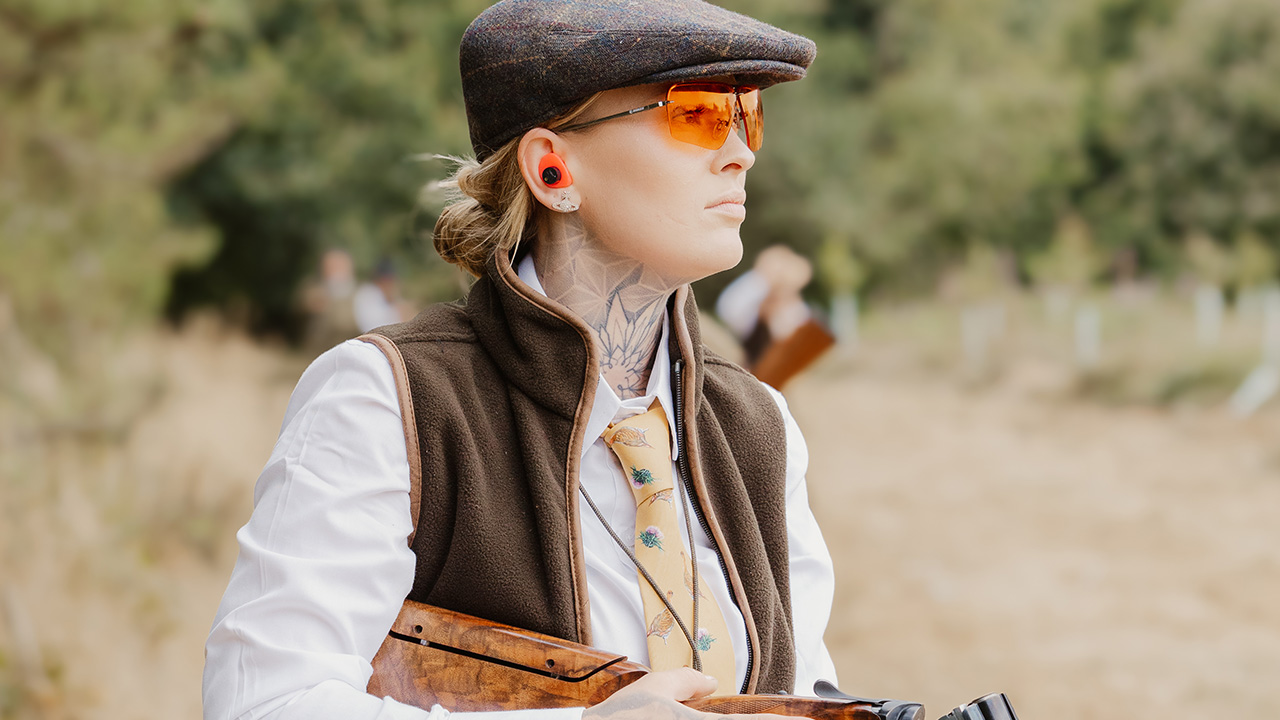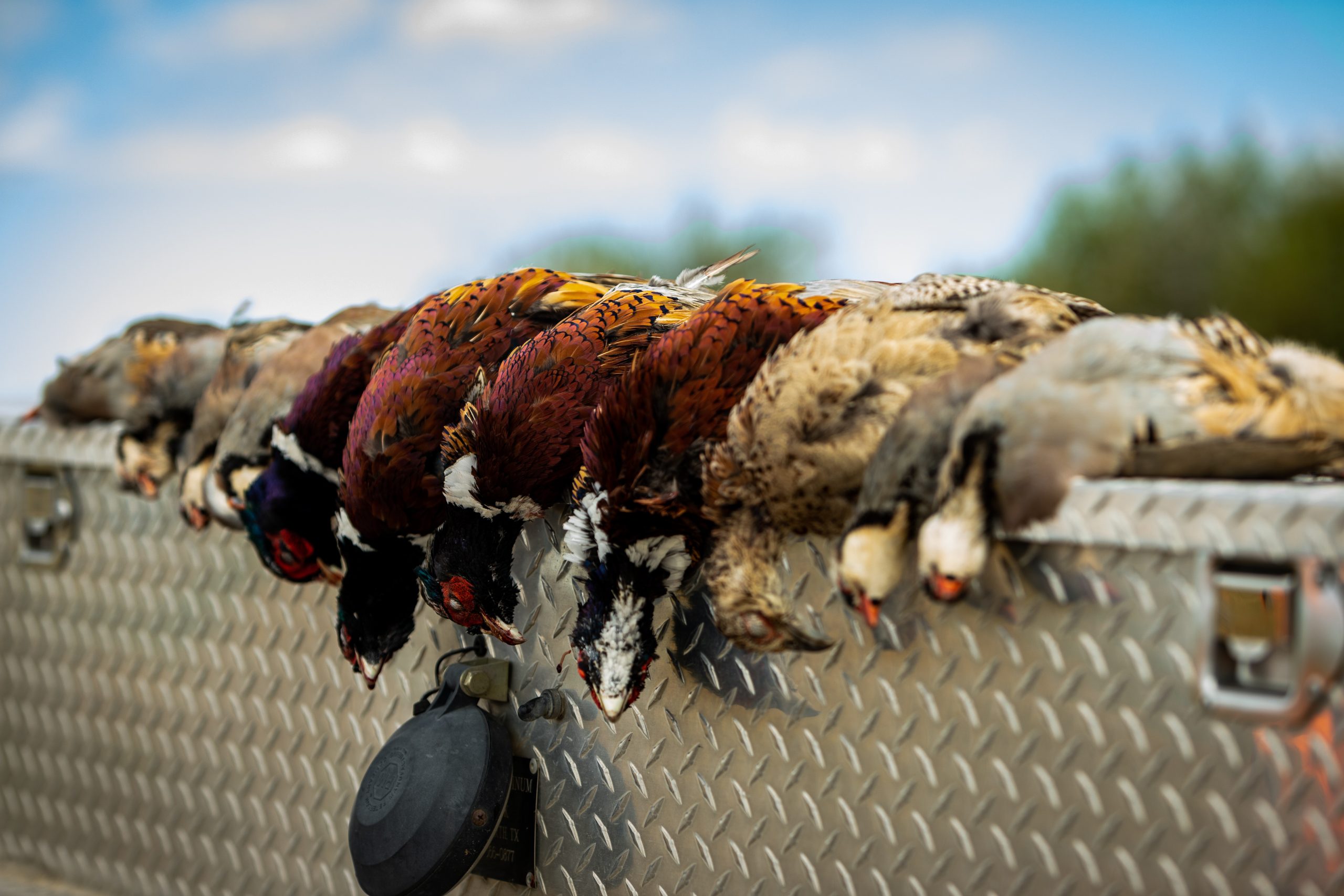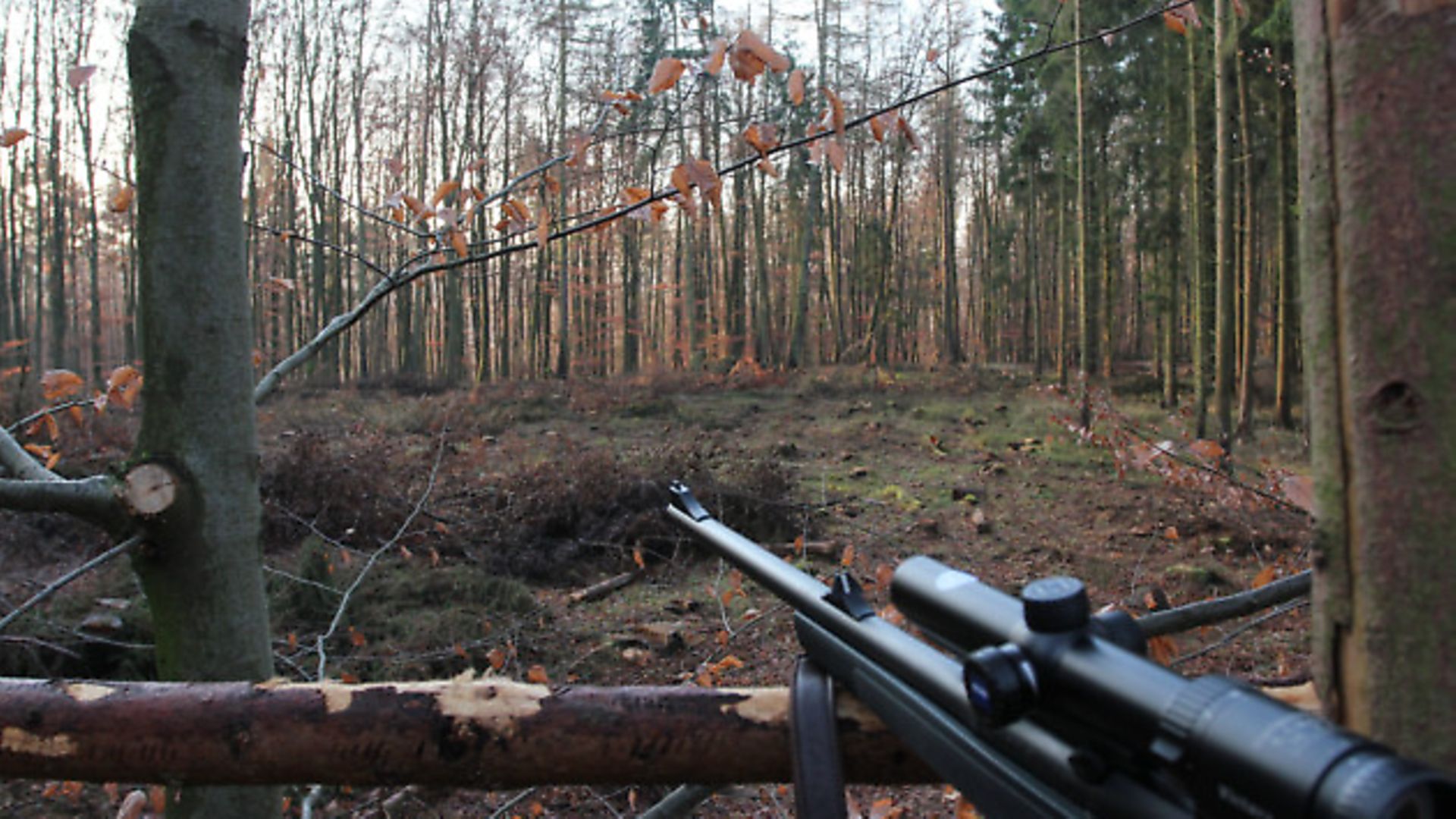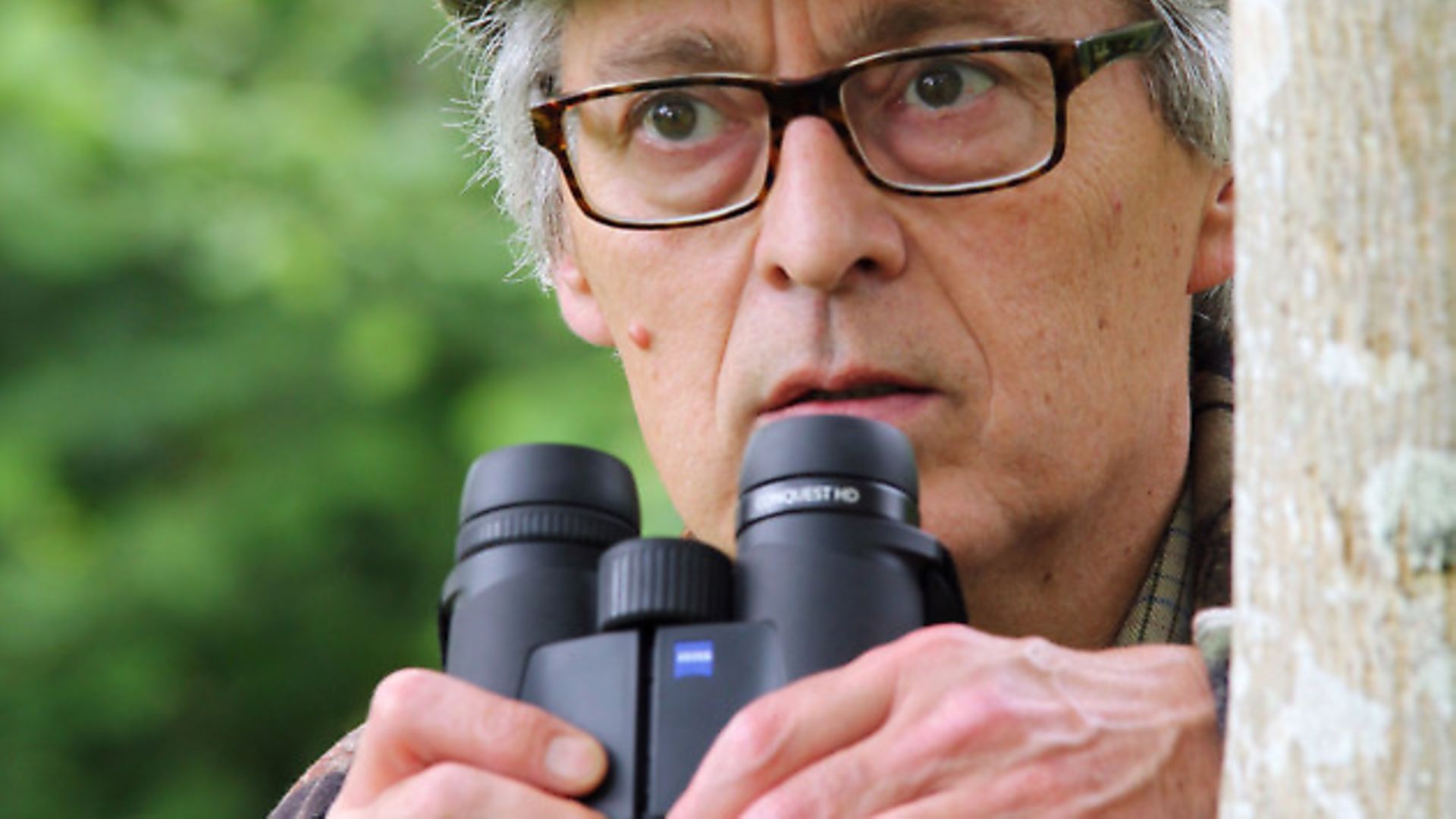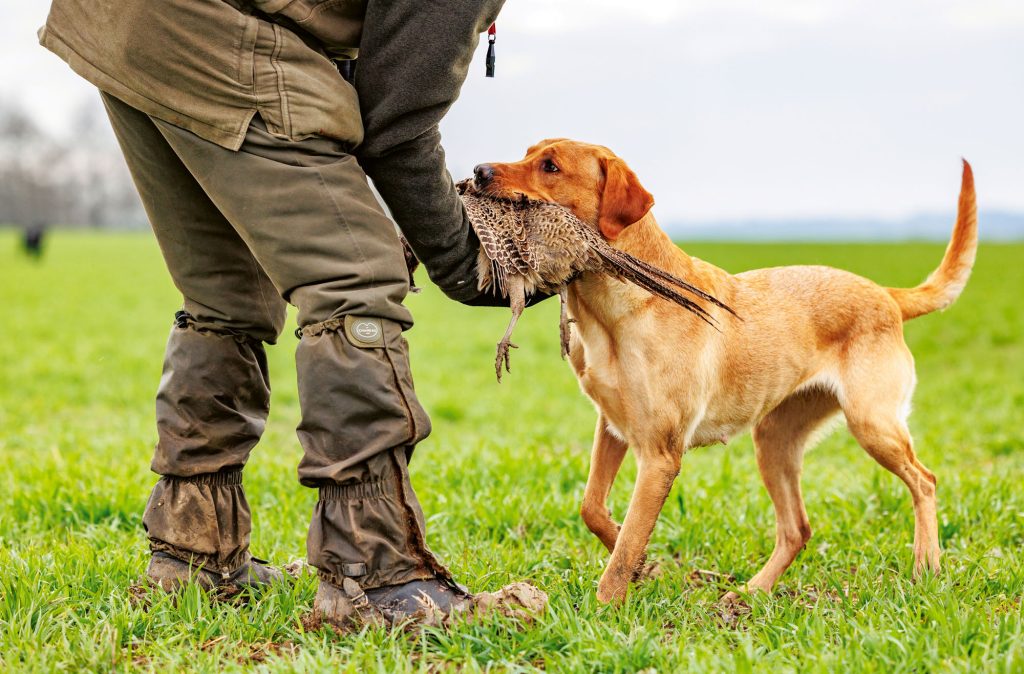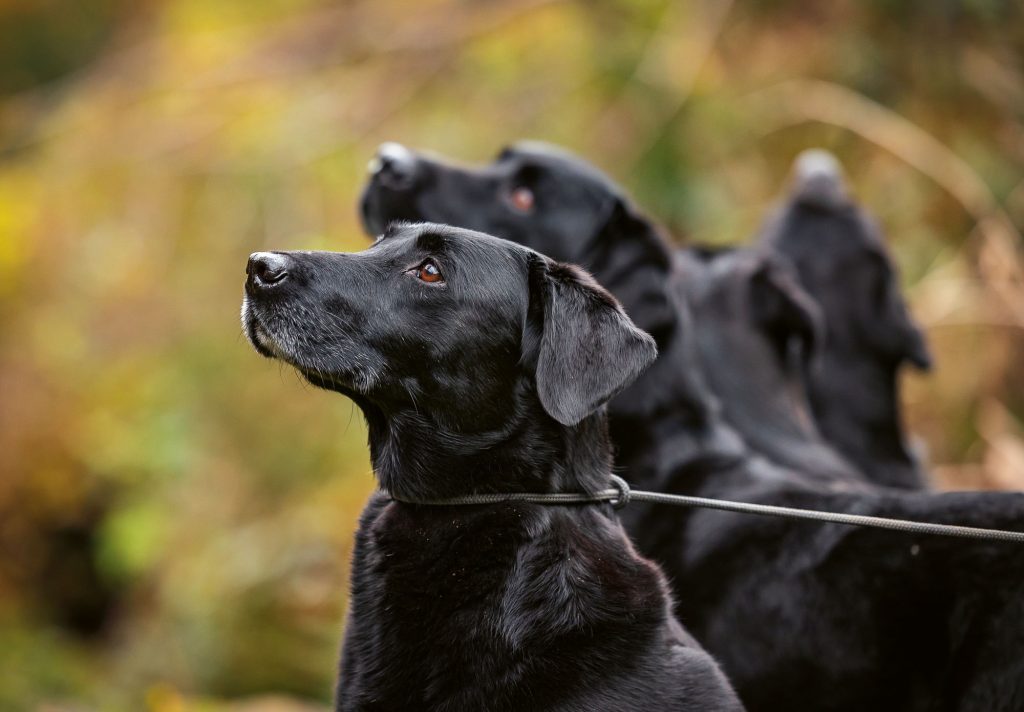How to see animals
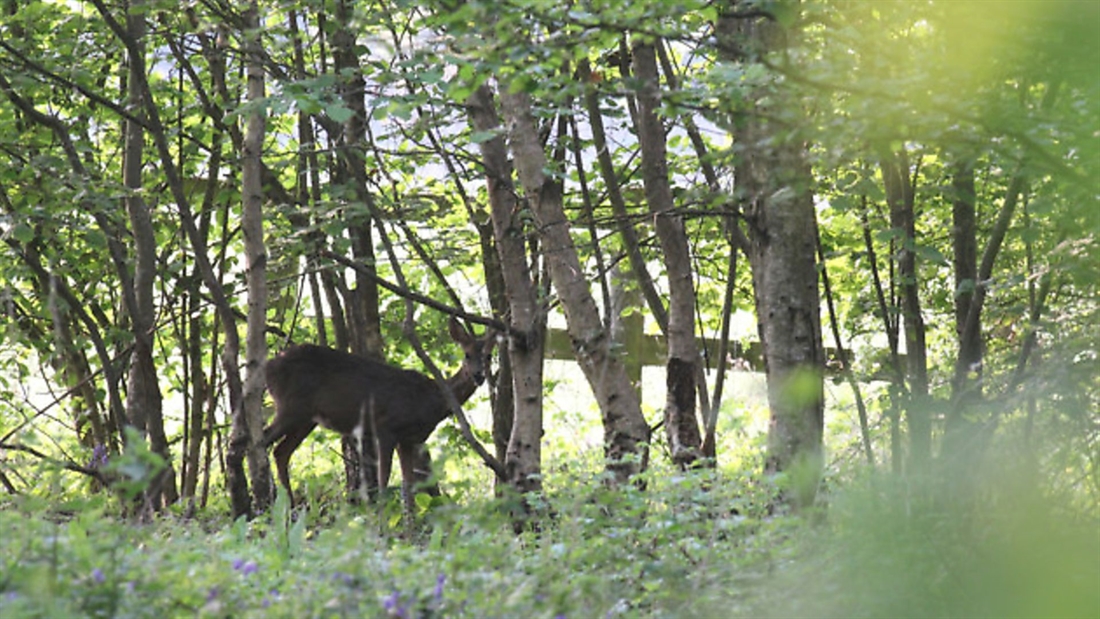
Fieldcraft skills: how to see your quarry in cover
It’s astonishing how some people can walk through the countryside with their eyes wide open and see nothing. After a walk in the woods and fields with a townie friend, ask what they’ve spotted. Not a lot, most likely, other than the odd cow or sheep. When you tell them about the warblers, deer, kites and buzzards you’ve seen, they’re amazed.
As hunters we have spent years refining our skill at spotting wildlife, but some of us are better than others. I like to think that I’m pretty good at seeing things in the countryside, but I am often humbled by more experienced keepers, stalkers and fox shooters. They do it every day, and their eyes are tuned in, while I spend too much of my time gazing at a keyboard and computer screen!
Sitting in a fox hide with Robert Bucknell, for instance, he will constantly nudge me and whisper, “See that muntjac?” or “There’s a fox coming up the ditch.” It’s almost unheard of for me to see something before he does – and that’s usually because he’s using the naked eye while I’m peering through a video camera with night vision!
Experience and practice help, but spotting wildlife is a skill you can work at developing. It’s something you can do whenever you’re out and about, even in the town. When I used to commute by train into London, my fellow passengers must have thought I was staring out of the window daydreaming. But I saw a wealth of wildlife beside the tracks. One year there was a litter of fox cubs on the waste ground beneath a huge advertisement hoarding just outside Clapham Junction. I guarantee not one commuter in a thousand ever knew they were there.
There’s looking and seeing, of course. It’s easy to gaze in a direction without focussing on what’s there. We switch the ‘seeing’ part of the brain to standby mode, while our minds focus on other thoughts. It’s only if something catches our eye – usually a movement – that our attention snaps to it.When you want to spot your quarry, you need to make a conscious effort to really look for it. That’s not as easy as it sounds. The way our eyes work is nothing short of a miracle, but they have limitations we have to overcome.
Perhaps the biggest problem is the way they lock on to things – directing the brain’s attention to some areas of a scene while dismissing great chunks of it as irrelevant. The problem comes when we want to look closely into those ‘irrelevant’ bits.
So far as the eyes are concerned, human faces top the list of priorities. If there’s a human face in a scene, they’re onto it instantly. That’s why magazine publishers put faces on most of their covers.
In the absence of a human face, your eyes will flick to the movement in any scene and analyse what’s moving and why. If there’s no movement, or all the movement has been written off as unimportant, the next thing our eyes do is seek out the areas of greatest contrast and definition. Often that’s man-made objects such as a building or fence, but it could just be a light-coloured rock in a plain landscape. Subconsciously, your eye tells the brain that all that stuff in between is just blur; not interesting. It doesn’t stop and let the brain decide for itself.
This is the principle used by the latest military Multicam camouflage pattern. It presents the eye with a blur, with no clear areas of contrast or detail for it to fix on to – so it scans on by without looking properly. Military snipers use the same idea when they hide near – but not too close – to an object that will draw the eye. It’s hard to search the shadows near to something that keeps catching your attention.
When you’re scanning for quarry, you need to fight this tendency. Animals are unlikely to be standing out in the landscape as the most eye-catching thing in sight – and when they are, any fool can see them. You need to make a determined effort to search the areas your eye can’t be bothered with: the deep shade and blurry bits of cover that don’t look promising, but are actually most likely to hold what you’re looking for.
I find it helps to divide up the landscape in front of me and search each area in turn. You can use landmarks to help, scanning the patch between this tree and that fence, or from the horizon to a field boundary.
Now then. This is going to sound silly, but bear with me. You need to look for the right thing, in the right place. Suppose you’re looking into a patch of woodland for deer. I’ve never yet seen a deer floating six feet off the ground, but my eyes have a tendency to drift upwards, especially if the foliage is lighter-coloured higher up. I spend half my time looking at places where no deer could possibly be, and I have to fight the urge to look up and down as well as side to side. Restrict your eye movement to the area that you need to search.
The other side to my ‘obvious’ statement is looking for the right thing. You know what size and colour a deer is, and you can visualise how one would look at that distance. Remind your eyes of what they are looking for, picture it and search for that thing. If you don’t, your eyes will quickly forget and slip back to scanning the way they know best – which, as we’ve seen, is less likely to find your quarry.
Remember that you often won’t see the whole animal as it will be partly hidden by the cover, so make sure you’re looking for parts of the animal – a leg, neck or tail, for instance. If you search for a whole silhouette of a deer or fox, you’re likely to miss it.
It’s important to look through the cover, rather than at it. Your eyes will tend to focus on the front edge of a hedge or piece of woodland, and you must make a conscious effort to shift your focus deeper in, so you can spot the shape and texture that says ‘animal’ rather than ‘tree’ or ‘bush’.
Binoculars can be useful here, as their narrower depth of focus allows you to fuzz out the foliage nearest to you and focus deeper inside the cover. With a deep wood, you can adjust the focus and scan each layer in turn. In fact, using binoculars is a whole art in itself, which I’ll cover in a future article.
Words and pictures: James Marchington

